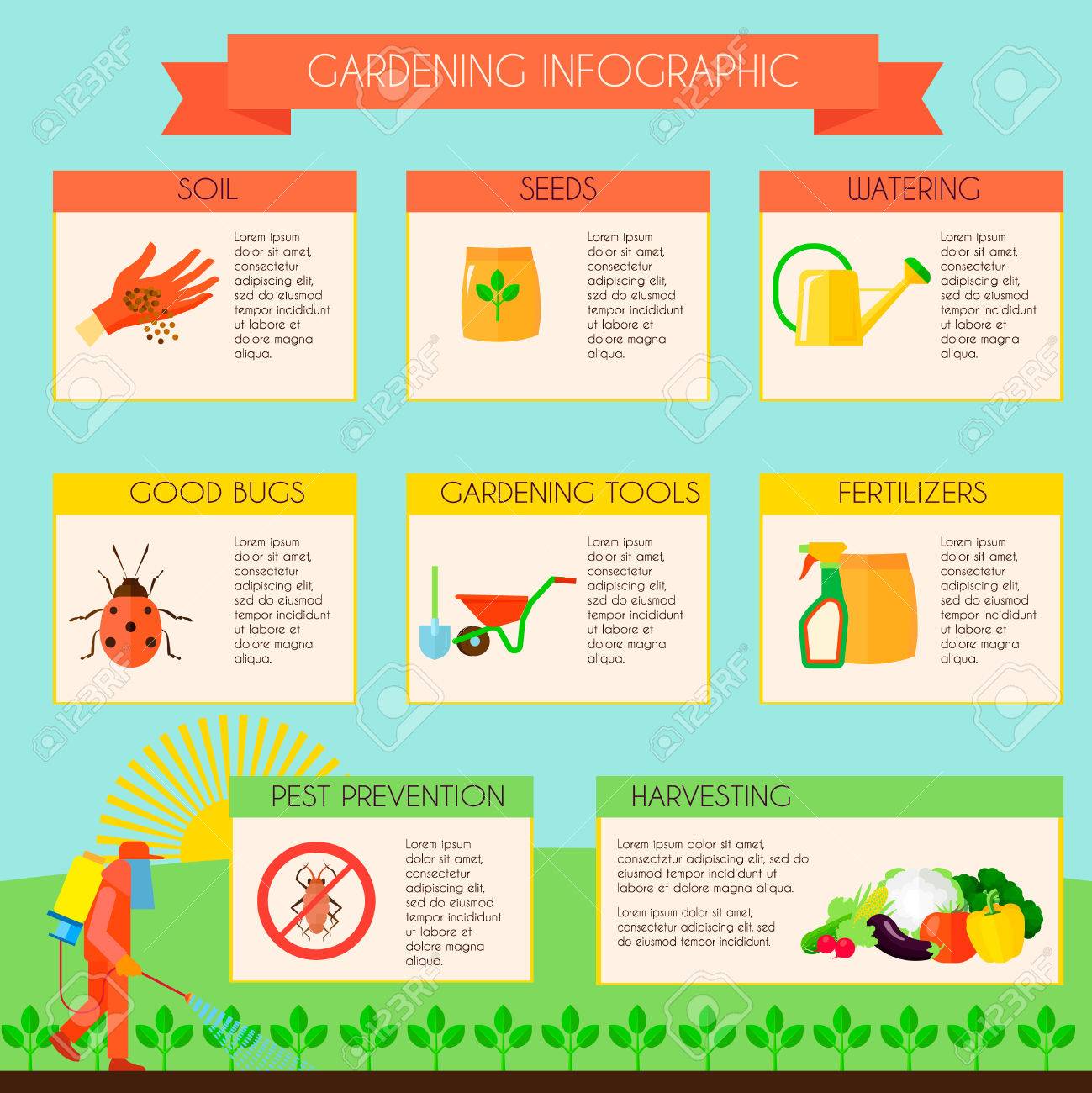Use Your Understanding Of Rodent Nesting Habits To Outwit These Pest Management Strategies
Use Your Understanding Of Rodent Nesting Habits To Outwit These Pest Management Strategies
Blog Article
Material Writer-Bridges Avery
When it involves rodent control, recognizing typical rodent actions is vital to successfully handling infestations. Did you know that rodents have some interesting nesting behaviors that might shock you? By discovering their complex actions, you can acquire useful understandings right into just how to take on rodent issues in a more critical and reliable manner. So, let's unravel the mysteries behind these animals' actions and learn exactly how to outsmart them in your rodent control efforts.
Rat Nesting Behaviors
When observing rats in their all-natural habitat, you'll observe that they proactively seek materials to construct their nests. Rodents, such as computer mice and rats, are resourceful creatures that make use of a selection of things like branches, leaves, paper, and textile to build their homes. They're precise in their nest-building procedure, usually lining their nests with softer materials like hair or feathers to develop a cozy environment.
Rodents favor to build their nests in concealed and safe and secure locations to shield themselves and their young from killers. Common nesting spots include wall surface cavities, attics, basements, and even within insulation products. By constructing their nests in these private areas, rats can safely increase their offspring far from possible threats.
https://krcrtv.com/news/shasta-wildlife-rescue-responds-to-increased-animal-rescues-amidst-heat-wave is essential to comprehend the nesting practices of rodents when implementing control steps. By disrupting their nests or removing materials, you can prevent rodents from establishing an existence in your home or building. Proper sanitation and sealing entrance points are likewise essential steps in protecting against rodent problems.
Rat Feeding Patterns
After observing rodents' nesting habits, it becomes noticeable that their feeding patterns play a critical function in their daily lives and habits. Rats, including computer mice and rats, are opportunistic feeders, indicating they'll eat whatever food resource is easily offered. They're primarily nighttime animals, favoring to forage for food during the cover of evening to avoid killers.
Rats have a diverse diet plan, ranging from grains, seeds, fruits, and veggies to insects, nuts, and even small animals. This adaptability in their food choices allows them to prosper in different atmospheres, consisting of metropolitan areas where human food resources are plentiful.
Their feeding patterns aren't just driven by hunger yet additionally by the requirement to stock food for times of deficiency. This actions is particularly obvious to prepare for winter months or when nesting. Rodents are recognized to hoard food in their nests or burrows, ensuring a continuous food supply. Understanding their feeding patterns is vital in implementing effective rodent control procedures to interrupt their food sources and protect against invasions.
Rat Movement and Traveling
Rats browse their surroundings with dexterity and stealth, using their keen senses to move quickly with their atmospheres. These animals are proficient mountain climbers, able to scale walls and upright surface areas with ease. They can additionally press through remarkably small openings, making it critical to seal any type of prospective entrance points in your house.
When it concerns taking a trip, rodents often tend to adhere to acquainted courses, producing tracks along wall surfaces or skirting the edges of rooms. They're creatures of habit, commonly sticking to these developed courses as they forage for food or discover their surroundings.
Rats are known for their nocturnal practices, so you may hear them hurrying about during the night as they look for food and water. Their activities fast and erratic, permitting them to dart in and out of view in the blink of an eye.
Understanding exactly how rats relocate and travel can help you identify potential invasion locations in your house and take proactive actions to stop these insects from gaining a foothold.
Final thought
As you work to manage rodents in your home, keep in mind that recognizing their habits is crucial. By identifying their nesting routines, feeding patterns, and movement, you can successfully stop invasions.
Together, by taking positive actions to eliminate food resources and seal off entrance factors, you can disrupt their familiar paths and compel them to seek brand-new locations, inevitably lowering the chance of rodent visibility in your space.
